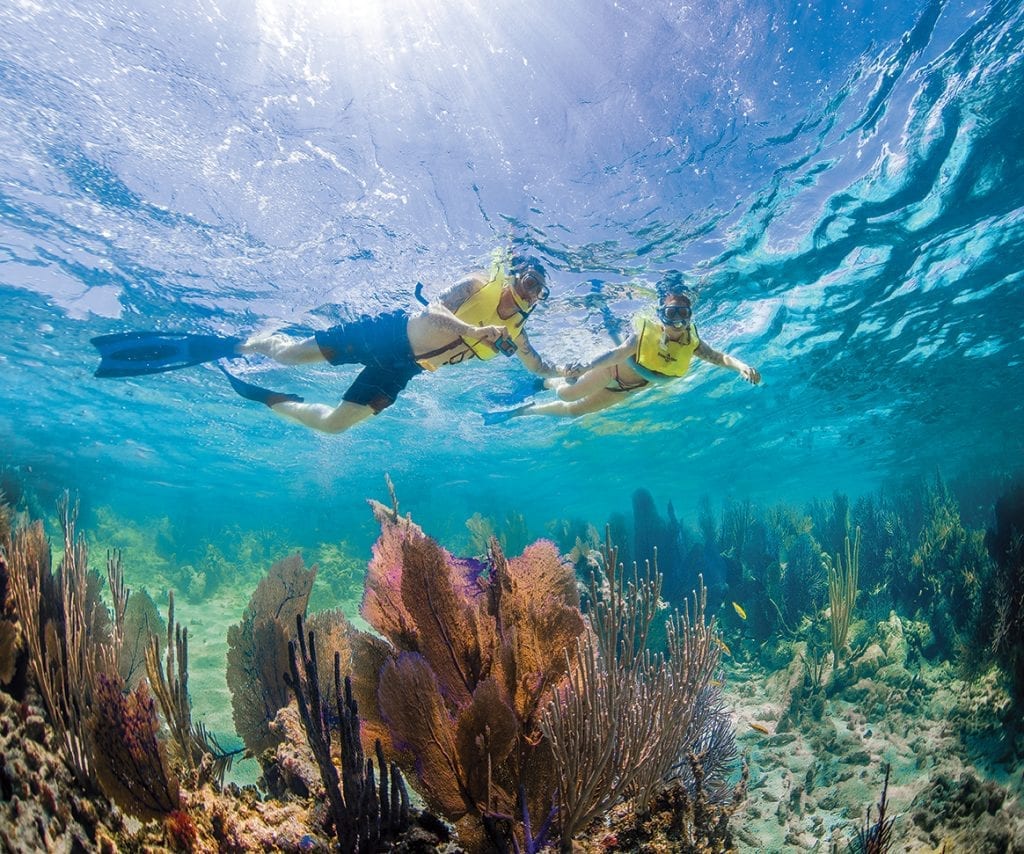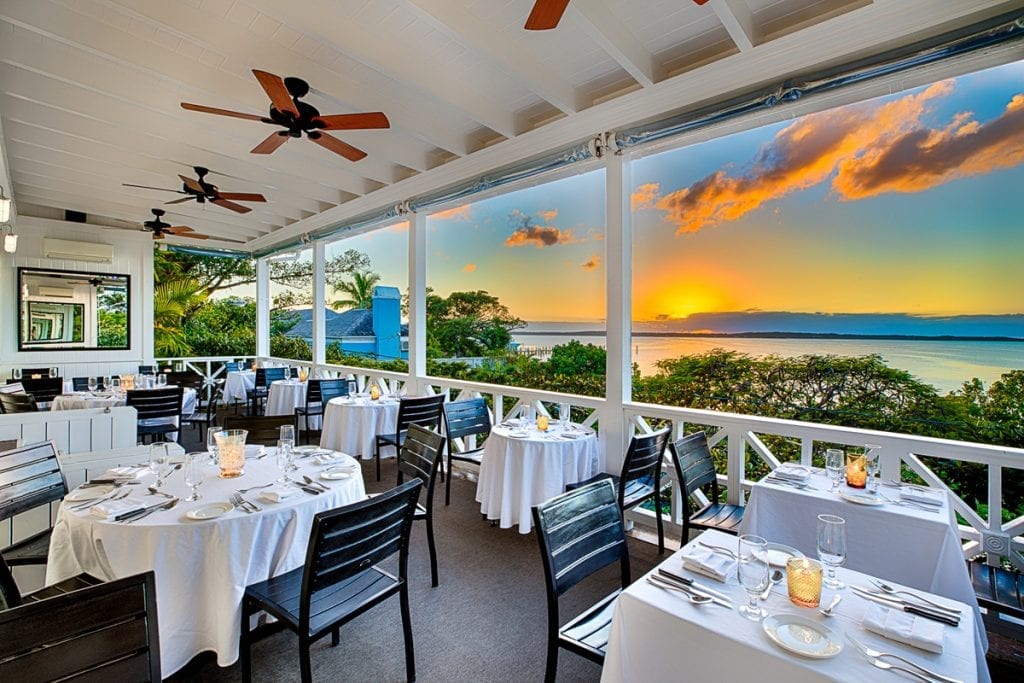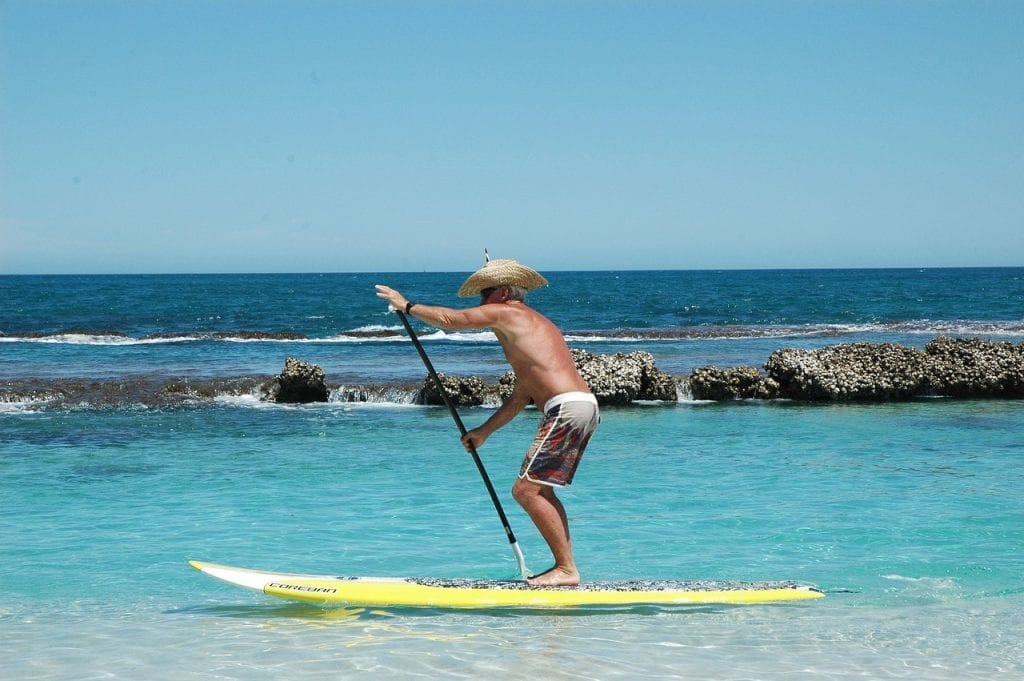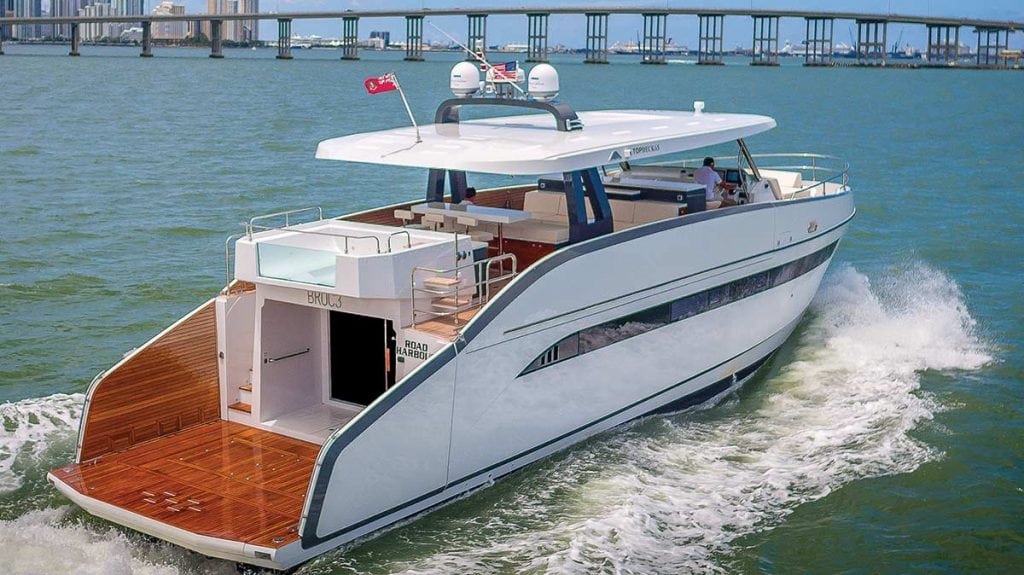National Marine Sanctuaries
NMS’s preserve our underwater treasures
In October 1972, Congress passed the Marine Protection, Research and Sanctuaries Act. One of the goals of this act was to set up National Marine Sanctuaries (NMSs). These would be the oceanic equivalents of the National Parks, vast undersea areas protected by the government.
Under the direction of the National Oceanic and Atmospheric Administration (NOAA), there are more than 600,000 square miles within the National Marine Sanctuary System. One sanctuary is in the Great Lakes, five are along the Atlantic and Gulf coasts, five along the Pacific coast, one that includes the Hawaiian Islands, and one for American Samoa. In addition, there are two Marine National Monuments: Papahãnaumokuãkea off of Hawaii and Rose Atoll east of American Samoa, both under the auspices of the Office of National Marine Sanctuaries. There are also two NMS designates, one in Lake Michigan and the other in Mallows Bay, Maryland.
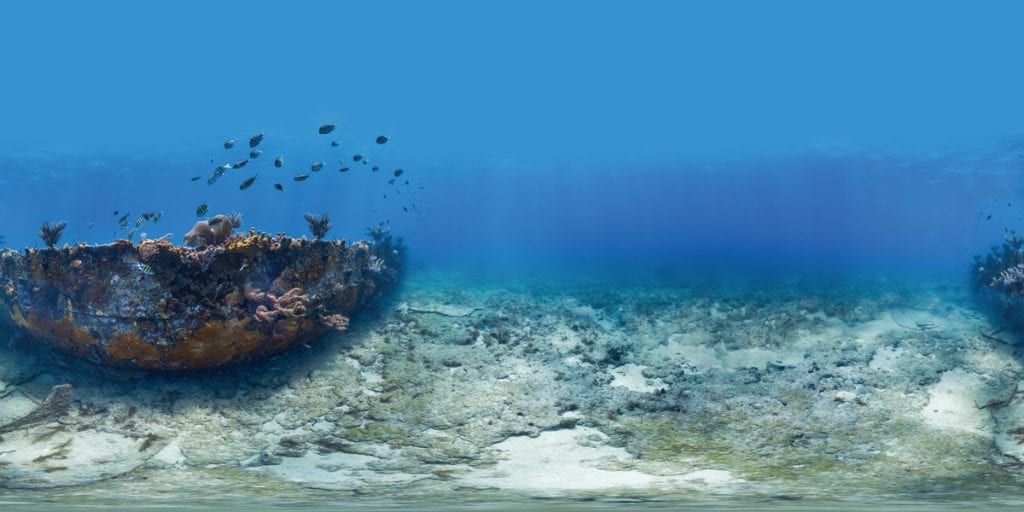
How are National Marine Sanctuaries created?
Local communities can nominate locations for an NMS designation. Criteria NOAA looks
for include natural resources or habitat with special ecological significance, maritime heritage resources with special historical, cultural, or archaeological significance, or important economic uses like tourism, fishing, diving, and other recreational activities. Additionally, NOAA will ask if the conservation and management of the resources are necessary. Specifically, are there threats or impacts that could affect the resources? Will research and public education be beneficial?
If NOAA accepts the nomination, the location will be put on a list of possible future NMSs. A lengthy evaluation process (typically years) with much public input will follow until a determination is made. The final outcome is a compromise between protection and use.
Marine National Monuments are physically similar to Sanctuaries, but the designation process is different. These are selected by presidential proclamation and are acted upon much quicker, which is especially important if protection is critical. The purpose of NMSs is to protect valuable resources, whether aquatic life or significant man-made features—humpback whale breeding grounds, coral reef ecosystems, and shipwreck sites have all been included.
What can I do at a National Marine Sanctuary?
It depends on the NMS. Some specific activities are prohibited, while others are regulated and controlled. Educating the public about the importance of an area and what activities are allowed or banned is a preferred strategy. The NMSs are for scientific research and education. The end goal is sound “stewardship of our oceans.
The public is welcome to use and enjoy the various NMSs through activities such as swimming, snorkeling, diving, recreational fishing, boating, and marine life viewing. Many have visitor centers (called Discovery Centers) or Partner Exhibits (nearby educational attractions not specifically tied to the NMS). NOAA’s Office of National Marine Sanctuaries hosts a “Get Into Your Sanctuary” event each year to familiarize the public with NMSs. Find specific event information online. The NMS Foundation also produces a yearly magazine, Earth Is Blue, that highlights activities at the various NMSs.
Where are some National Marine Sanctuaries?
The following National Marine Sanctuaries are along the Atlantic and Gulf coasts, each with their own story.
Gray’s Reef NMS
Gray’s Reef NMS is off the coast of Georgia (19 miles east of Sapelo Island). This large sandstone reef, approximately 70 feet below the surface, is named for the scientist who first described the reef’s flora and fauna. The reef provides easy access to divers and fishermen. Characterized as a “live bottom” reef, Gray’s Reef is home to more than 200 fish species, loggerhead turtles, and even the endangered North Atlantic right whale. For those less adventuresome, “virtual” visits to the reef are available at a number of exhibit partners.
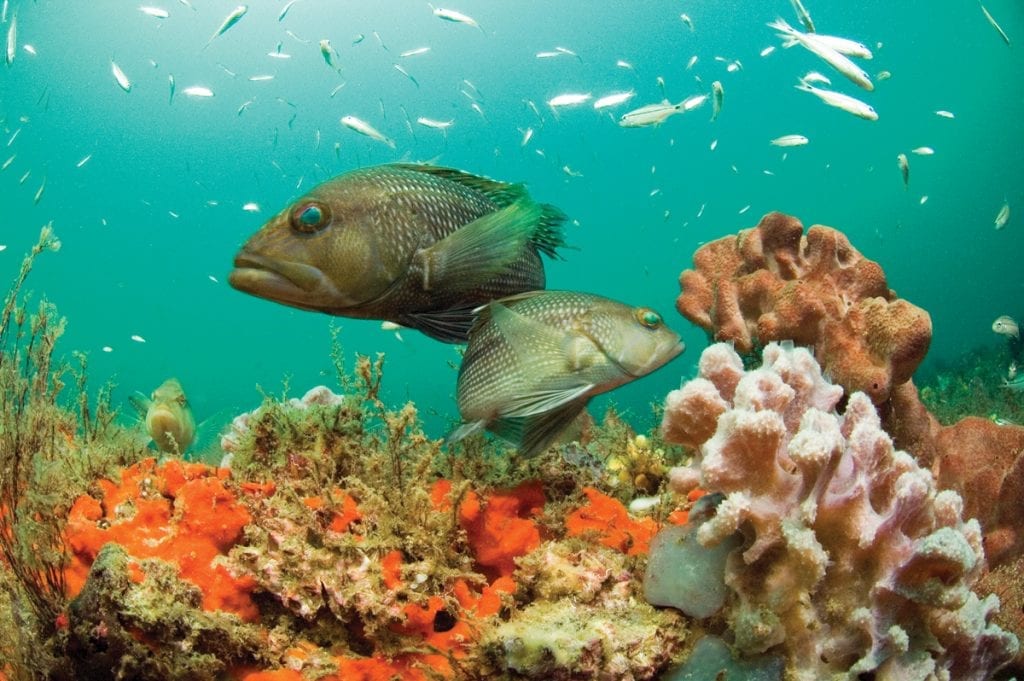
Florida Keys NMS
Florida Keys NMS protects the third-largest living coral barrier reef system in the world. More than 6,000 species of marine life call the reef, nearby seagrass meadows, and numerous mangrove forests home. There are also an estimated 1,000 shipwrecks within the NMS. An Eco-Discovery Center is located on Key West and houses a Living Reef Exhibit.
Flower Garden Banks NMS
Off the coasts of Texas and Louisiana, Flower Garden Banks NMS is the only NMS in the Gulf of Mexico. It derived its name from the colorful reefs found here, the only tropical reefs within hundreds of miles. The Flower Garden Banks is home to a wide variety of aquatic life, such as eagle and manta rays, hammerhead sharks, and even an occasional whale shark.
Monitor NMS
Designated in 1975, the nation’s first National Marine Sanctuary is the Monitor NMS. Here—just 16 miles off the coast of Cape Hatteras, North Carolina— is where the Monitor, an ironclad warship from the Civil War era, was discovered. There are multiple shipwrecks close by in the “Graveyard of the Atlantic,” including ones from World Wars I and II. The Mariners Museum is in nearby Newport News, Virginia.
Mallows Bay-Potomac River
Mallows Bay-Potomac River on the tidal Potomac River in Maryland is still in the designation process to become an NMS. Like the Monitor NMS, Mallows Bay is the repository of many shipwrecks, such as the “Ghost Fleet,” with more than 100 World War I-era wooden vessels. It is also an ecological trove of fish and wildlife including rare and endangered species.
Stellwagen Bank
The northernmost NMS is Stellwagen Bank NMS at the mouth of Massachusetts Bay. Named for U.S. Navy Lieutenant Commander Henry Stellwagen, who first surveyed the area in 1854, the Stellwagen Bank is a sand and gravel plateau with nutrient-rich waters that provide for an abundance of marine life, most notably whales. In fact, Stellwagen Bank is one of the best whale-watching sights in the world. Additionally, there are many shipwrecks here, as it was once a major shipping route.
By Ed Brotak, Southern Boating August 2019


